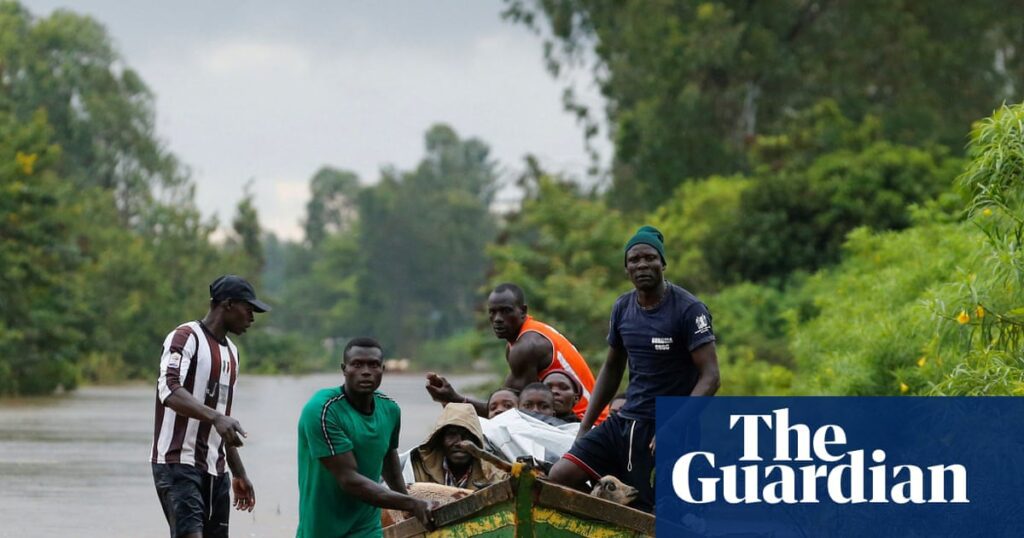The Flooding Crisis in Kenya’s Great Lakes: An Urgent Environmental Challenge
Understanding the Environmental Disaster
In recent years, the Great Lakes region of Kenya has experienced catastrophic flooding that has significantly affected local communities. This environmental crisis, largely overlooked by the international community, has displaced hundreds of thousands of people and damaged the ecosystem of these vital water bodies.
The Causes of the Flooding
Climate Change and Heavy Rains
One of the primary drivers of the flooding in Kenya’s Great Lakes is climate change. Rising temperatures have led to unusual rainfall patterns, causing prolonged and intense rainstorms. These extreme weather events have overwhelmed local drainage systems, resulting in widespread flooding.
Deforestation and Land Use
Another critical factor is the degradation of the land surrounding the lakes. Deforestation for agriculture and urban development has reduced the land’s natural ability to absorb excess water. This lack of vegetation means that rainwater runs off into the lakes rather than being absorbed into the ground, exacerbating flooding issues.
The Impact on Local Communities
Displacement and Humanitarian Crisis
The flooding has led to a humanitarian crisis in Kenya, with hundreds of thousands displaced from their homes. Many families are struggling to find shelter, food, and clean water. The situation is dire, as communities grapple with the aftermath of flooding while facing the threat of waterborne diseases.
Economic Consequences
The economic ramifications are profound. Flooded agricultural fields have destroyed crops, significantly impacting food security. Local businesses are suffering from damages, further straining the economy. Communities that rely heavily on fishing are also facing challenges as fish populations are disrupted by changing water levels and pollution.
The Long-Term Environmental Effects
Ecosystem Disruption
The Great Lakes are vital ecosystems that support diverse flora and fauna. Flooding disrupts these habitats, leading to a decline in wildlife populations and altering the ecological balance. Aquatic life faces threats from rising water temperatures and increased sedimentation.
Increased Vulnerability to Future Disasters
As climate change progresses, the susceptibility of the Great Lakes to future flooding events increases. Without immediate intervention and sustainable land management practices, the cycle of flooding and environmental degradation will worsen, leaving communities more vulnerable.
Moving Forward: Solutions and Strategies
Sustainable Land Management
Addressing this crisis requires immediate steps toward sustainable land management. Promoting reforestation and improved agricultural practices can significantly enhance the land’s ability to absorb rainfall and prevent flooding.
Community Resilience Programs
Investing in community resilience programs is vital. These initiatives can assist displaced families with essential resources, education, and skill training, helping them adapt to new circumstances while rebuilding their lives.
Policy and International Support
Government policies, alongside international support, play a crucial role in tackling this environmental crisis. Collaborative efforts focusing on climate adaptation and disaster management are essential to safeguard the future of Kenya’s Great Lakes.
Conclusion
The flooding crisis in Kenya’s Great Lakes demands urgent attention and action. By understanding the causes and impacts of this environmental disaster, we can work towards sustainable solutions that not only help affected communities but also protect the delicate ecosystems of the region.
For more information on climate change and its effects on global ecosystems, visit Climate Reality and NASA Climate.
By raising awareness and fostering cooperation, we can ensure a better future for both the people and environment of Kenya’s Great Lakes.
